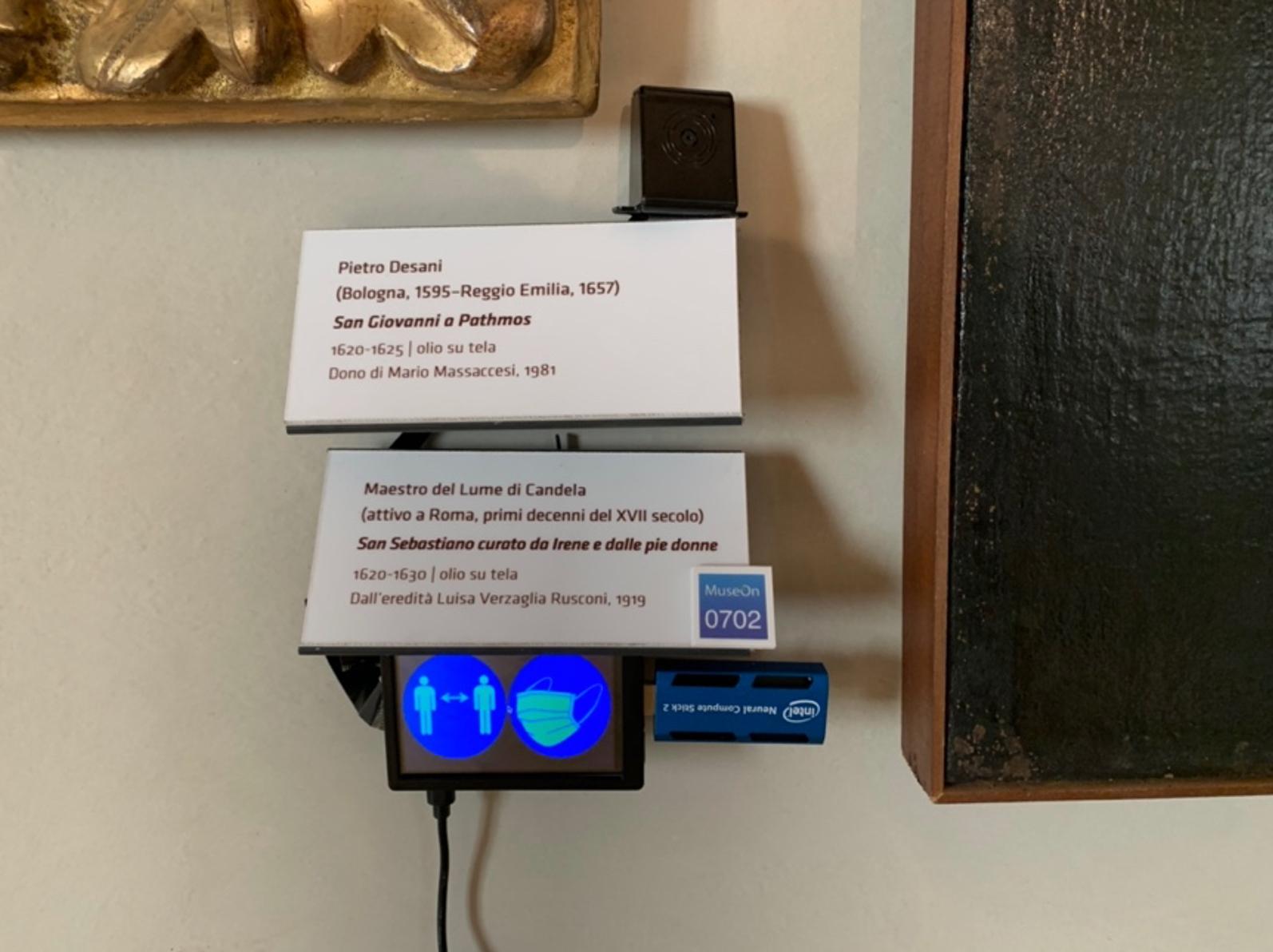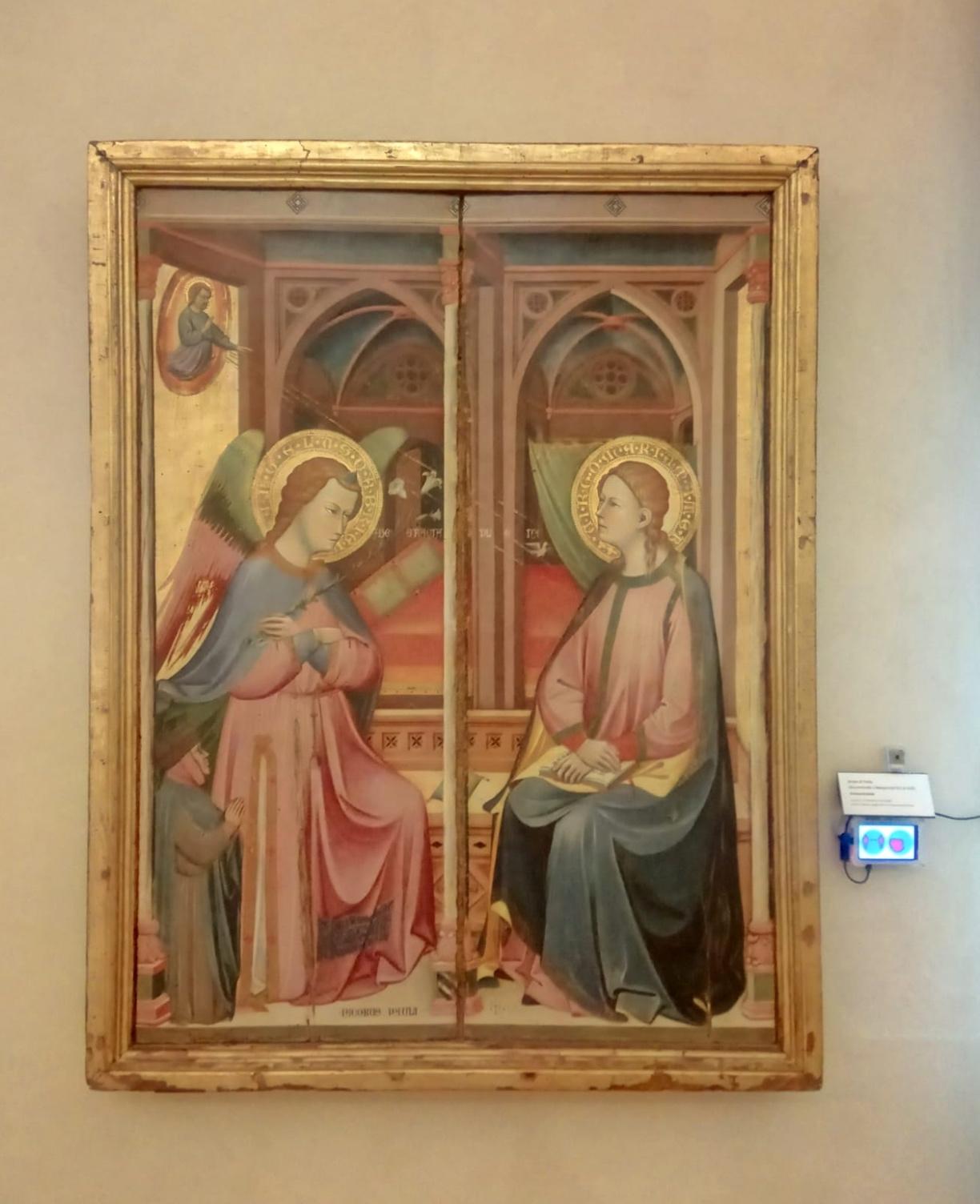Because the program is able to detect distance, it will also monitor the distance between guests and, if any two people stand too close for local COVID jurisdictions, the device will flash a reminder. It will also watch for diligent mask-wearing—something which, perhaps to the chagrin of researchers, will prevent the system from evaluating the facial expressions of guests for the time being.
According to a statement released by the ENEA, the data acquisition devices used in the ShareArt Project are apparently available to general consumers at a low cost. Perhaps this accessibility will lead to a widespread adoption of similar programs in new or growing art spaces that may particularly benefit from such curatorial insight.































